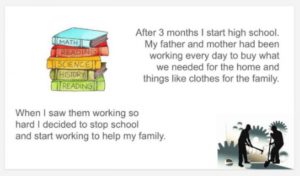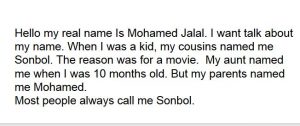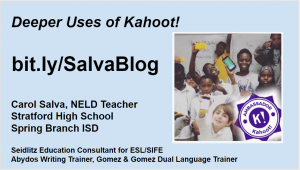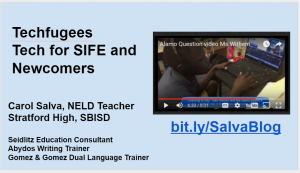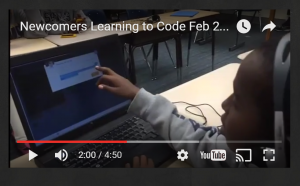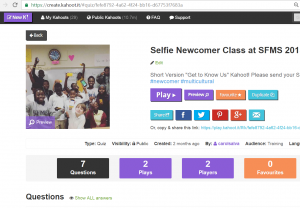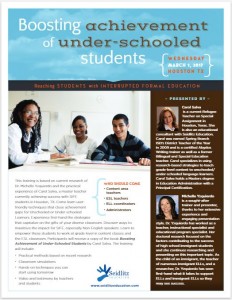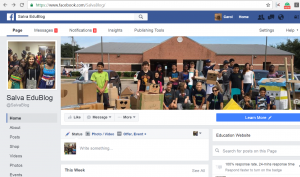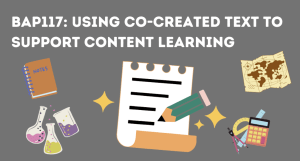 Want to support grade-level content learning for newcomers? I’ve got you! The school year may be winding down or over in many places but this is a great time to reflect on how you might use co-created text next year with your emergent bilingual students. Or use it as part of an effective summer school routine.
Want to support grade-level content learning for newcomers? I’ve got you! The school year may be winding down or over in many places but this is a great time to reflect on how you might use co-created text next year with your emergent bilingual students. Or use it as part of an effective summer school routine.
This show follows Episode 115, where I explained how to use co-created text to teach literacy and accelerate language acquisition. In that show, I promised to do a show about how to use it to support content area learning. You can listen to this show in your favorite podcast app or right here:
Listen to “BAP117 CoCreating Text for Grade-Level Content Learning” on Spreaker.
What is LEA?
I often share about a practice called Language Experience Approach. I try to be clear that I don’t do it exactly as it was/is intended. I am not an LEA purist because I adapt this technique based on the kids in front of me and the reason we are doing it. But here is more on what LEA is:
Steps to Language Experience Approach (See photo for more detailed explanation)
- Students have a shared experience. (ex: we are looking at a poster with the water cycle)
- Students have a discussion about the experience. (ex: “I notice…”)
- Teacher writes key words and phrases on the board.
- Teacher writes sentences from the key words
- Teacher reads the constructed writing aloud.
- Students use the text in various ways.
The LEA [Language Experience Approach] is as diverse in practice as its practitioners. Nonetheless, some characteristics remain consistent (Hall, 1970): Materials are learner-generated. –All communication skills–reading, writing, listening, and speaking–are integrated. –Difficulty of vocabulary and grammar are determined by the learner’s own language use. –Learning and teaching are personalized, communicative, and creative. – Can be found at https://files.eric.ed.gov/fulltext/ED350887.pdf
I have written about this strategy in Ep 26 and Ep 115. Again, I don’t carry out this technique exactly as it is explained by researchers and there are many folks who know more about it than I do. But I DO know that some form of co-creating text *AFTER MY STUDENTS HAVE BEEN ENGAGED IN A CONVERSATION* has really helped accelerate language acquisition.
I am here today to tell you that it can also help you differentiate, it can help you be inclusive in content classrooms, and it can help all the students with grade-level learning.
Why Write?
I mention all the reasons we want writing in content areas for the average learner. You can read about that at this post I wrote for Seidlitz Education’s blog:
Some of the research I mention on the show is from John Hattie’s Visible Learning work. Writing can help us reflect and Hattie’s work suggests that Reflection and Evaluation have a strong effect on learning (.75 effect size).
I always mention Joseph Maurer when I talk about effective content teaching. Joseph was a math teacher when I trained with him and he was also my own son’s Algebra teacher. We all marveled at what a skilled math teacher he was with newcomer and low socioeconomic students. But he was also effective with gifted and grade-level learners. In his trainings, Joseph explained that writing in Math (or any content area) is important for learners because it is basic to thinking, it promotes introspection and speculation, and it individualizes instruction (Fulwiler 1979, 1983).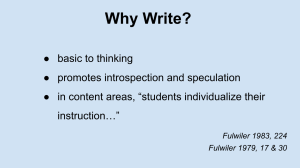
I mention this math lesson where the teacher is using Seidlitz’s Seven Steps to a Language Rich, Interactive Classroom. It shows what I mean by writing in Math being effective for thinking:
I also quote Tom Romano from his book Clearing the Way: Working with Teenage Writers. He explains that we are not asking Math teachers to teach writing. We are asking them to USE writing to teach Math. That is key for effective math instruction.
Co-Creating Text Before, During, or After Instruction
This show offers ideas about co-creating text with students prior to teaching, during a lesson or after instruction. Here are a few examples of what co-created content writing can look like:
Don’t forget to follow the incredible HS educators, Kim Thyberg (@KimberlyThyberg) for more secondary examples!
Co-created text in a high school SIOP math class with #mll #ell #newcomers #slife. I co-teach with an awesome math teacher! Students acquire language as they learn math content. @DrCarolSalva #BoostingAchievement pic.twitter.com/w832yX01rb
— Kim Thyberg (@KimberlyThyberg) February 14, 2023
We write and read about math content with content vocabulary everyday in our math class, grades 9-11 #mll #ell #slife . These examples are from our daily warm-up. #BoostingAchievement @DrCarolSalva pic.twitter.com/31qlSHGFJD
— Kim Thyberg (@KimberlyThyberg) May 1, 2023
I also mentioned the amazing Aly Averitt (@AlyAveritt) as someone to follow. She is a great Elementary teacher sharing a lot on co-creating text.
Another way of using co-created texts powerfully and purposefully. Ss were amazed when they realized that they just needed to change some words to create a new text! Tomorrow, they’ll finish this one👇🏽and then, write their own text in their notebooks! Inspired by @DrCarolSalva pic.twitter.com/ZbFbYwFpxN
— A Averitt_ESL (@AlyAveritt) March 13, 2023
Here is the video of Ali I mentioned as a great activity we do at the end of each school year.
Here is how Gisele Belyea (@GiseleBelyea follow her too!) and her students improved on this idea using heritage language:
Also gave Alan November a shout out! He wrote, “Who Owns the Learning.” That is a great book that shaped how I partner with students.
Thank you for tuning in or for checking out the show notes on Ep 117. I appreciate you so much!
Hope to see you over on Twitter (@DrCarolSalva) or Facebook (www.facebook.com/SalvaBlog). I’d love to be connected!
Take good care,
Carol
PS: If you missed this workshop, check out Upcoming Events to see what else we might be offering through Seidlitz Education.
And please email me (Carol@SeidlitzEducation.com) if we can come to your district to help you develop a plan for serving Newcomers! One day of consulting is making a huge difference for our clients! Reach out if you’d like to hear!
"Preparing for Rising #Newcomer Enrollment" in @VancouverSD was a joy with Lucy Estrada-Guzman & the ML Dept! We started with a full day of planning. 💥
I am inspired by their passion to honor their #MLLs & support their teachers. ✨💫⭐️#BoostingAchievement #Seidlitz7Steps pic.twitter.com/OwyCNjud5k— Dr. Carol Salva (@DrCarolSalva) May 26, 2023
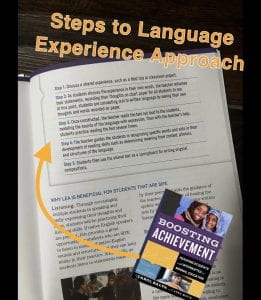
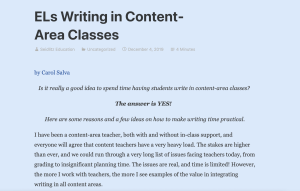

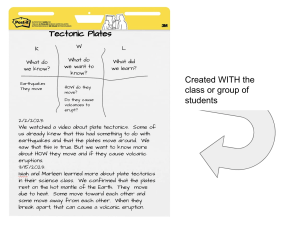
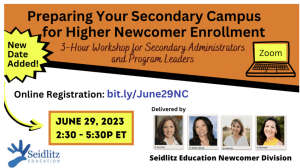
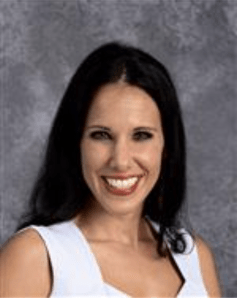

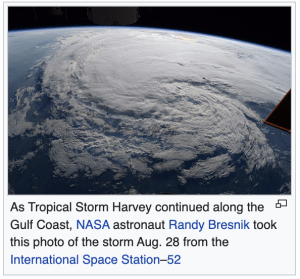

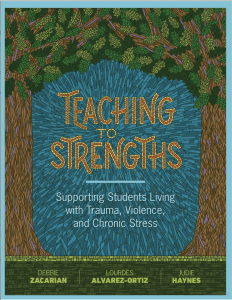
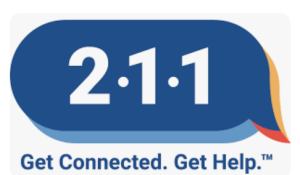
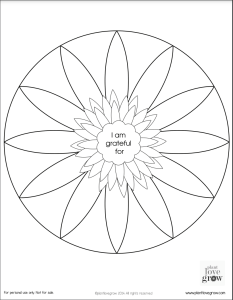
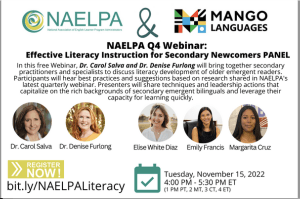
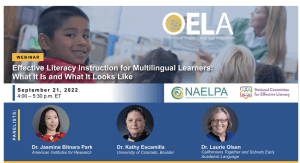

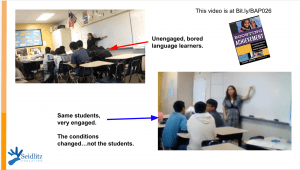
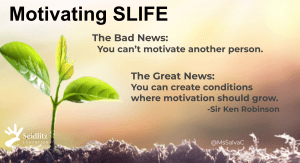
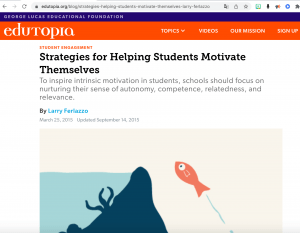


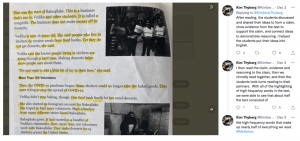

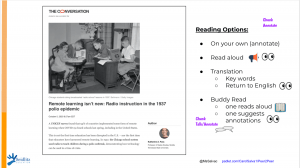
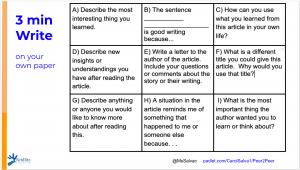
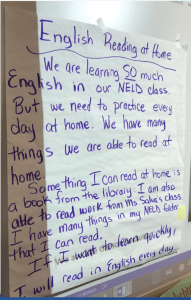
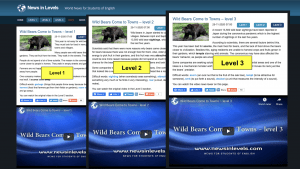
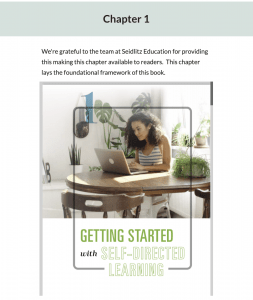
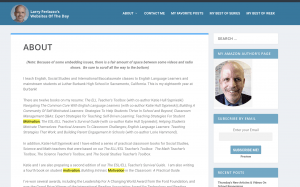
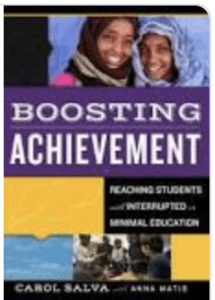
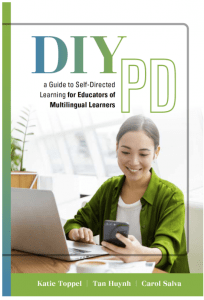
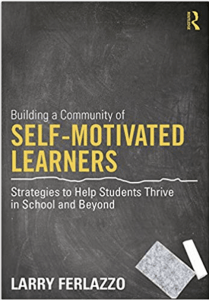

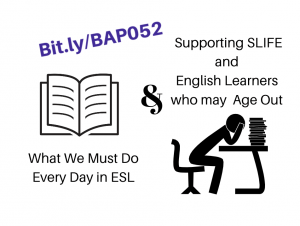
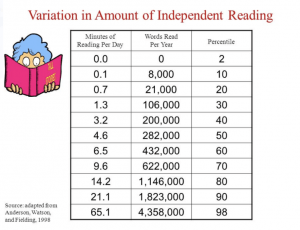
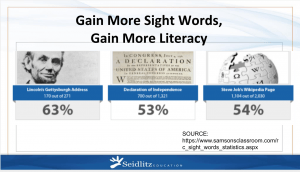
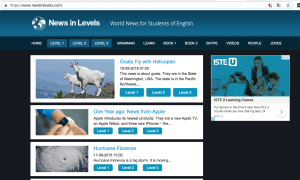
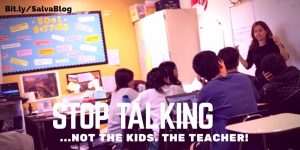
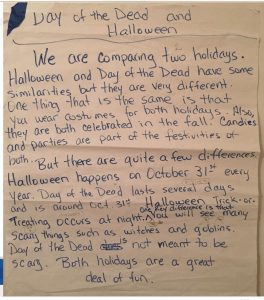
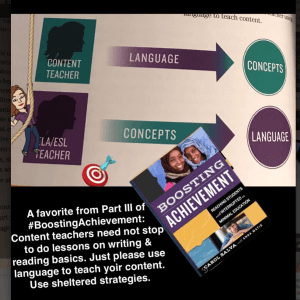
 MANY bad days. It’s real life over here. But I’m grateful for more nice days than bad days. If you watch that Language Experience Approach video you’ll see a big fail. A child falls asleep in front of me! And I have had plenty of days where I brought my bad mood to the class or things were not on track. We take those in stride and just keep trying to improve.
MANY bad days. It’s real life over here. But I’m grateful for more nice days than bad days. If you watch that Language Experience Approach video you’ll see a big fail. A child falls asleep in front of me! And I have had plenty of days where I brought my bad mood to the class or things were not on track. We take those in stride and just keep trying to improve. But having a
But having a 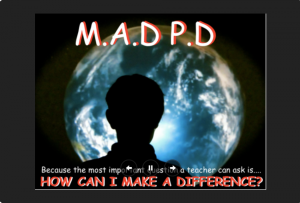
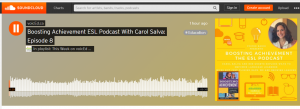



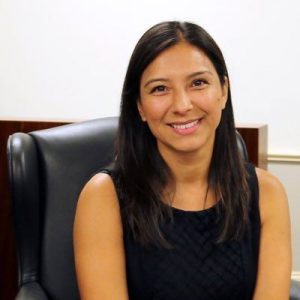


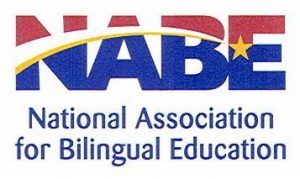

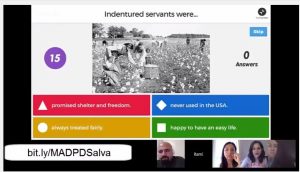
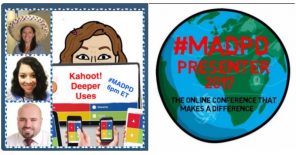
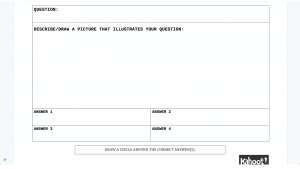
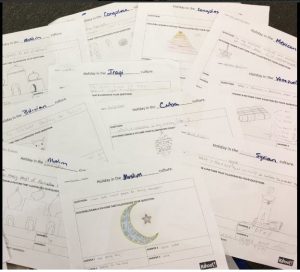
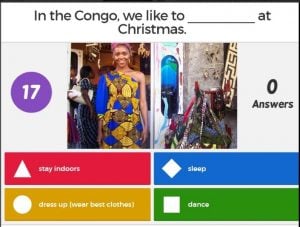
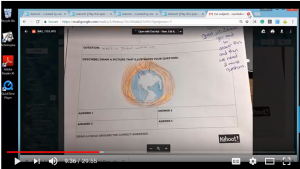

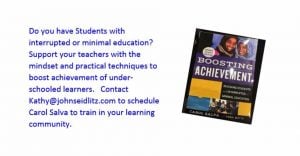
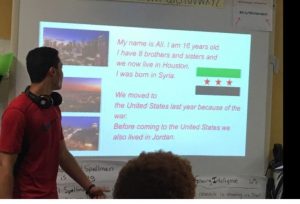
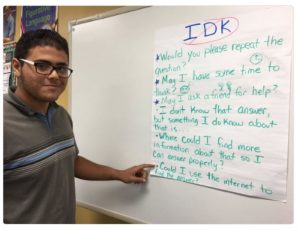
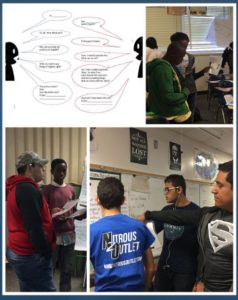
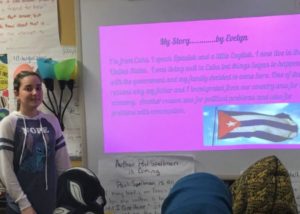 I’m thrilled to have some of those students preparing for a presentation that they will do next week for 37 World History students who will be visiting our classroom.
I’m thrilled to have some of those students preparing for a presentation that they will do next week for 37 World History students who will be visiting our classroom.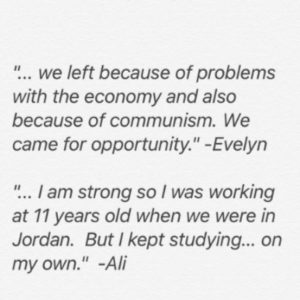
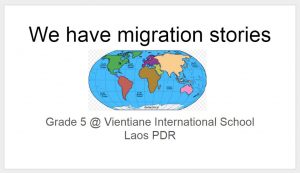 This opportunity to tell our stories and write for an authentic audience was like gold! And what an amazing opportunity to learn about each other’s cultures, countries, push/pull factors, current events and more. So much learning happens in the cracks with this kind of global collaboration. It is profound for both classes!
This opportunity to tell our stories and write for an authentic audience was like gold! And what an amazing opportunity to learn about each other’s cultures, countries, push/pull factors, current events and more. So much learning happens in the cracks with this kind of global collaboration. It is profound for both classes!
